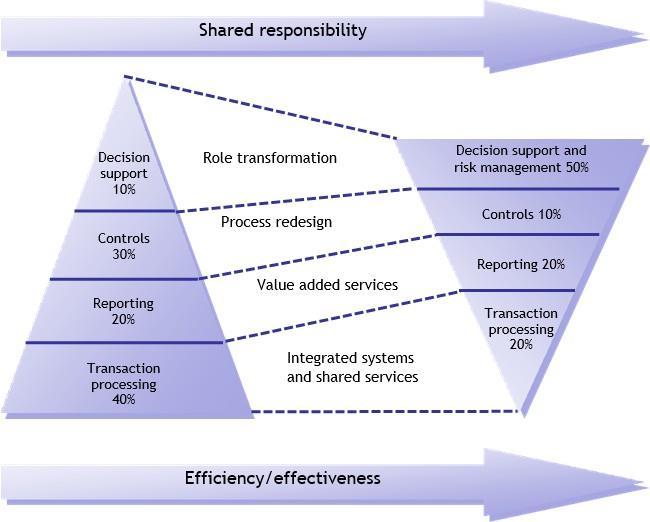
1 minute read
Part 1 Analysing financial data
Section 1: Financial data validity assessment
Assessment criteria
Advertisement
Determine how to obtain financial data and assess its validity
Apply different types of analytical tools and techniques to a range of financial documents formulating a conclusions about performance levels and needs of stakeholders
Conduct comparative analysis of financial data
Review and question financial data.
Covers Learning outcome
7003V1 1. Be able to analyse financial data
Topics covered
There are four topics in this section, as shown below. Check the subjects within each one and then continue with the areas you need to explore.
Topic 1- Assessment of financial data validity
This topic introduces financial data capture, processing and assuring validity. Financial data is derived from many sources, processed in many ways and used by many people. Unfortunately, this means that there are many chances for error!
Capturing the right data at the right time, processing it reliably and correctly and then sharing it in a timely fashion with the right people is fundamental to an organisation’s financial control.
Organisations often have to decide between timeliness and accuracy. Taking too long to capture and process accurate data may mean that it reaches the decision makers too late. A balance is always necessary in order to gain the maximum benefit in a timely manner.
The validity of financial data is whether the data measures what it’s supposed to measure, which is crucial to making well-informed decisions in any organisation.



